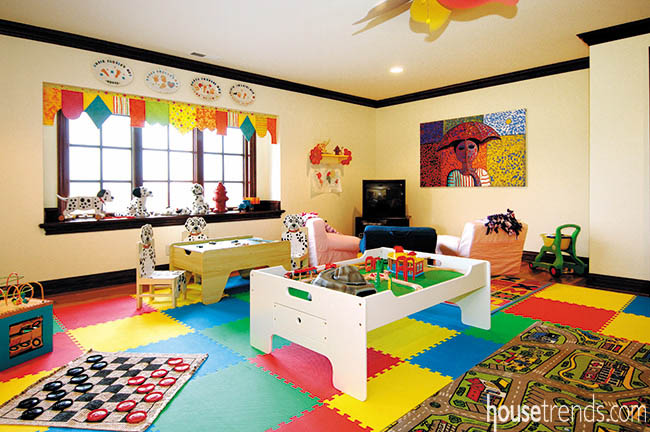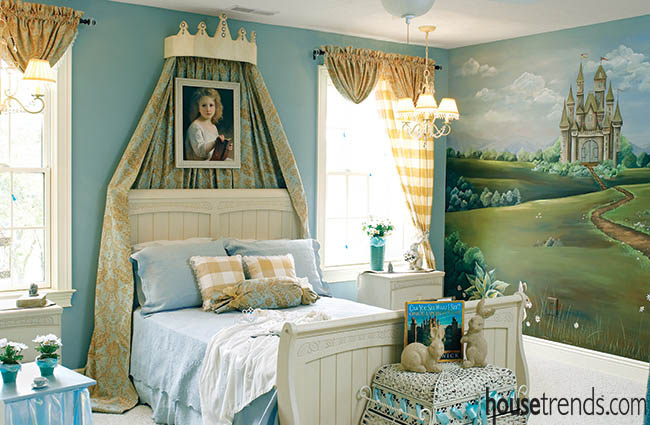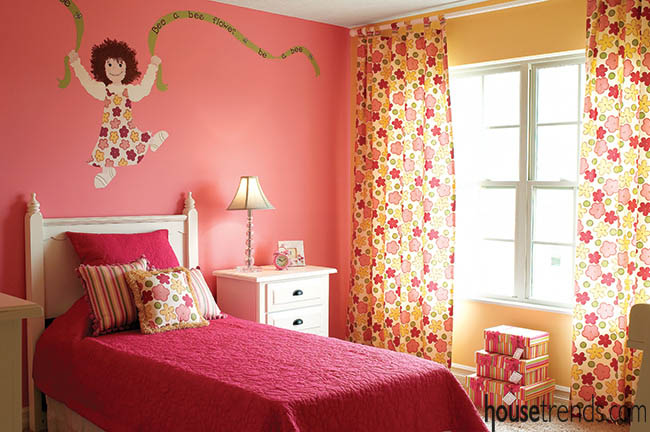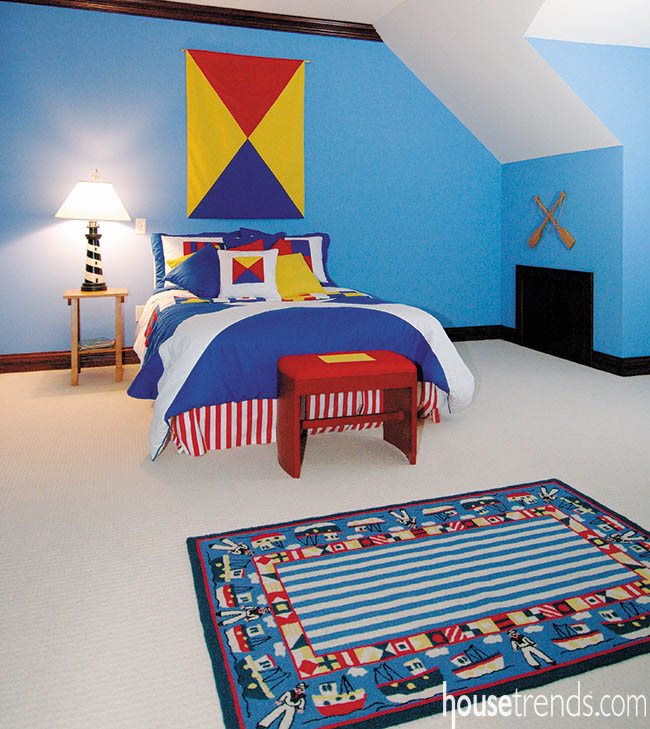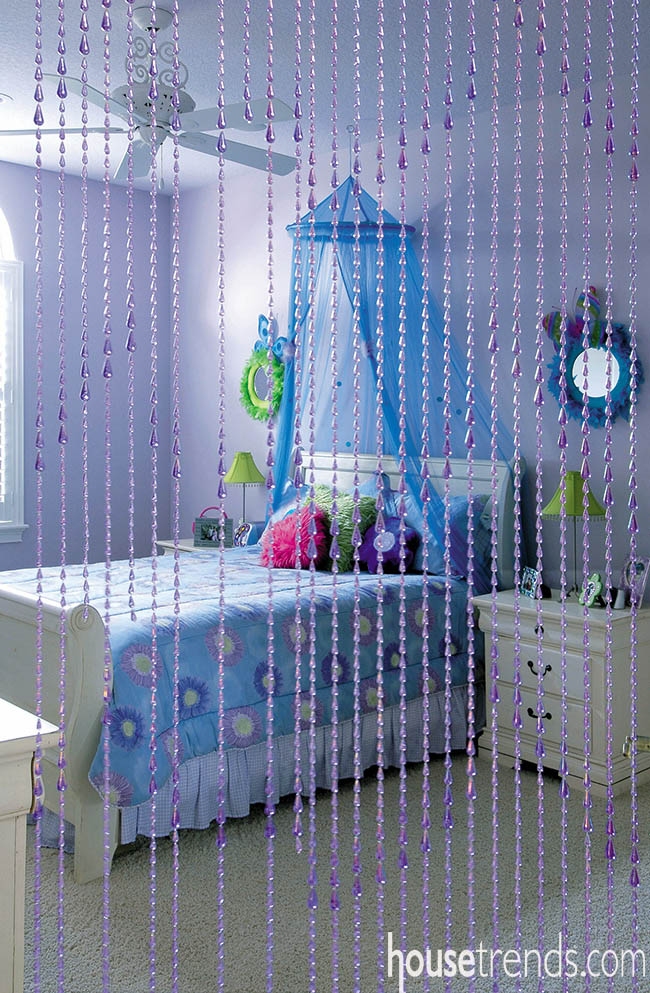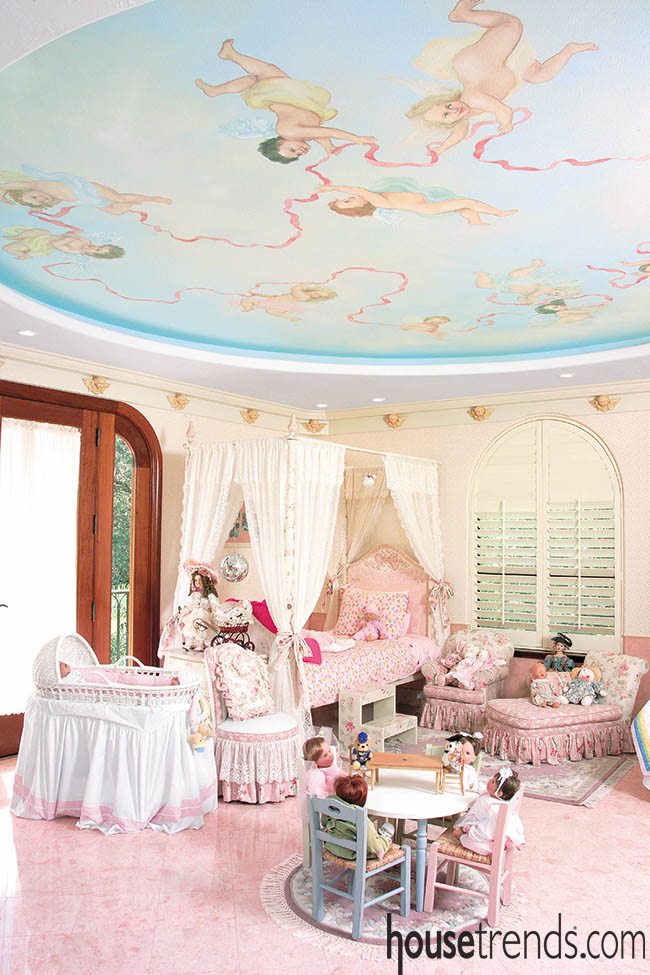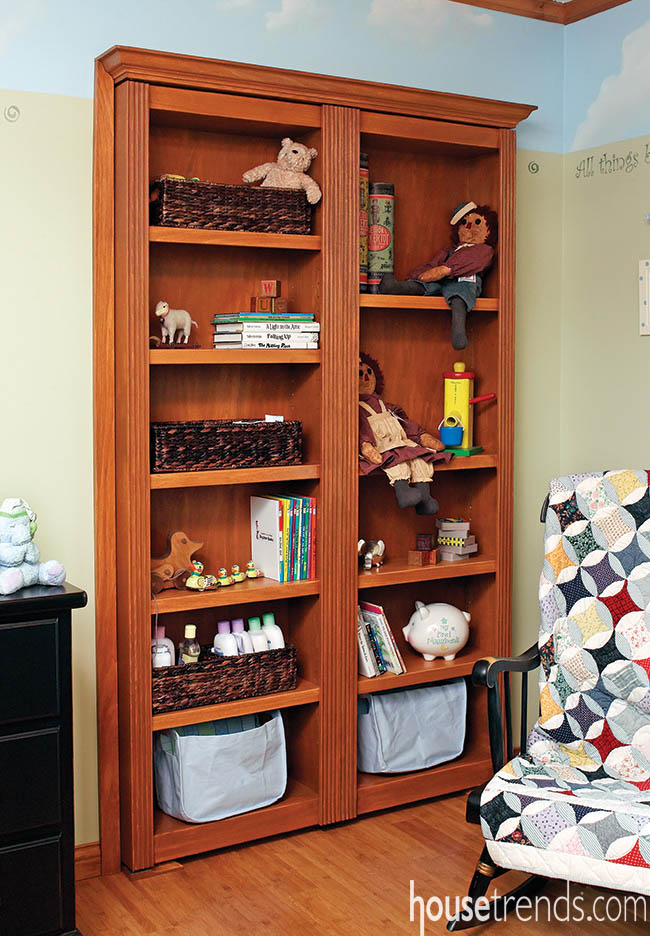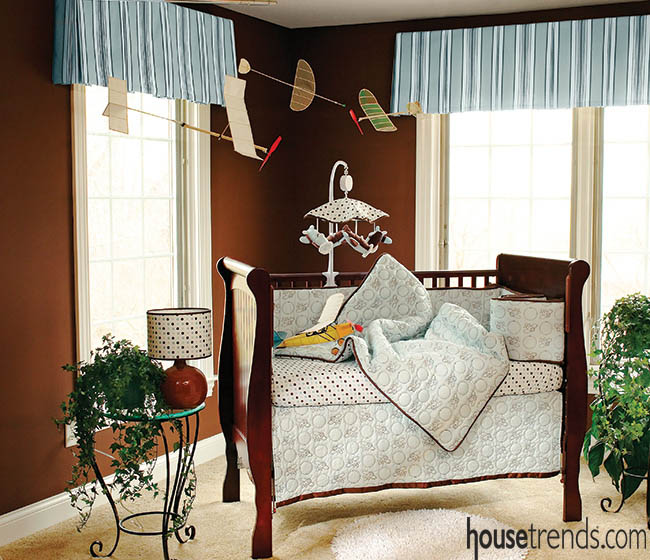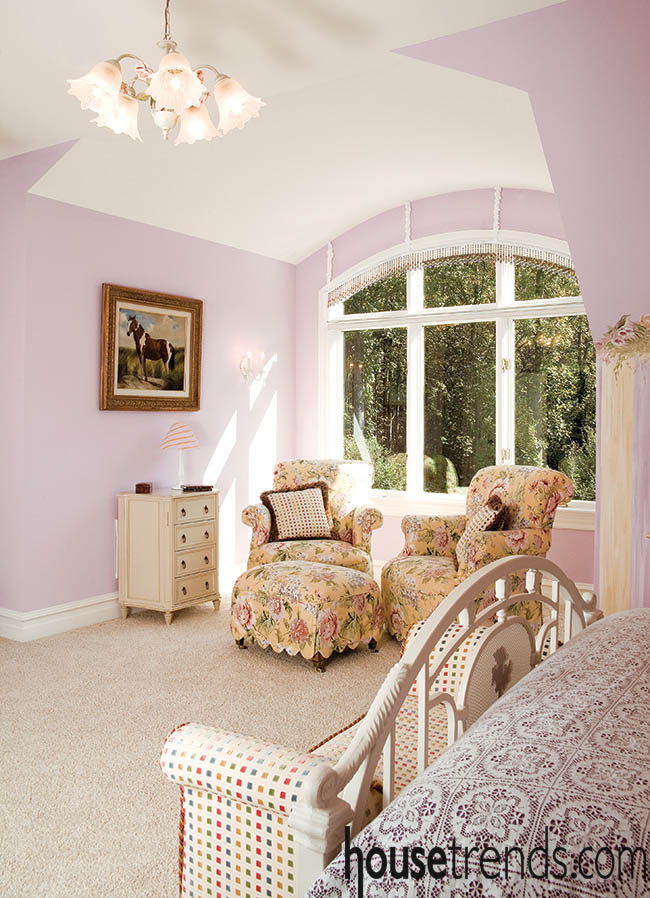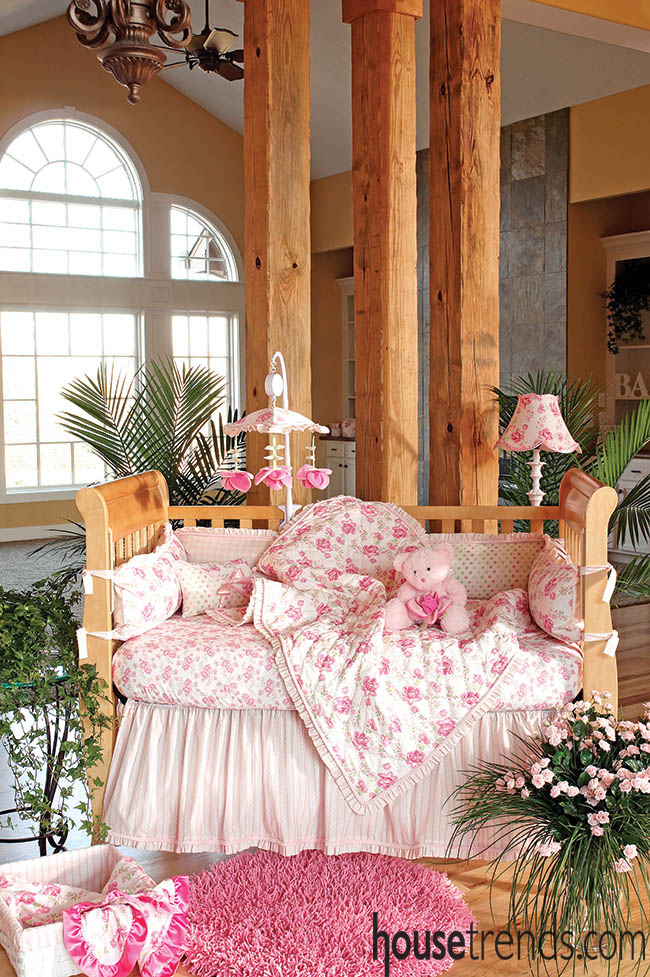When you were a kid, chances are giving your own personal touch to your bedroom meant taping a poster or two to your walls. Sometimes placement was tricky because you had to pay attention to the imaginary line that divided the room and its contents between you and your sibling.
If you were one of the lucky few and had a room of your own, you may have been consulted when it came time to choose a wall color or pick a comforter. If you were an only child or terribly spoiled, you got that canopied four-poster bed the rest of us could only dream about.
But hey, you turned out okay, didn’t you?
Even though most of us did grow up just fine, now that we are parents or maybe even grandparents, we’re releasing those repressed feelings and giving our young ones rooms that would have gone far beyond the wildest imaginations of our childhood.
We’re having fun and the little ones seem happy too. Are some of us going above and beyond? Maybe. But there are some touches that just make good sense. We’ve pulled together some helpful tips from professionals—Jon Daugherty, Director of Product Development for Global Baby by Global Design Concepts Inc and Liz CaJacob, interior decorator at Decor & You in Columbus—for you to consider when planning a nursery or child’s room in your own home.
1. Find a motivational piece
Start with a quote, a quilt, a keepsake or anything that is special to you or your child to create a theme for the room. CaJacob says this helps everyone involved stay focused during the design phases.
2. Make it your own
No one wants a room that looks like a carbon copy of one down the street. Even though, as Daugherty says, the market is flooded with “the same teddy bears, bunnies and characters we’ve seen for twenty years,” with a bit of digging and some ingenuity, you can create a room that is 100 percent your child.
3. Keep it classic
Pick a color and elements that can grow with the children. Babies grow quickly and children’s tastes change, so choose wall colors and the furniture that can adapt.
4. Use color and pattern
Color stimulates learning and energy in children, CaJacob says. And the great thing, she adds, is that “kids are less afraid of color than adults.” In the infant area, Daugherty says pinks and blues are always great sellers, but he sees bold contemporary patters as a strong up and comer along with bold black and white designs.
5. Listen to your child
If they are old enough, bring the child in on the decision. Let your daughter tell you she’d love a canopy over her bed or your son says he loves racecars—or vice versa. They’ll love seeing their suggestions get worked into the room.
6. Add plenty of artwork
Murals can add a great touch to a kid’s room, but then so can simpler items that CaJacob also considers as artwork—window treatments, accessories, pillows and photos.
7. Remember storage, storage, storage
Kids have plenty of stuff and they need to have places to put it away.
8. Lighten it up
It’s got to be warm and inviting in their room. Even though their eyesight is usually much better than their parents, CaJacob says kids still need plenty of light to look at picture books, read or do homework.
9. Make visitors comfortable
Use pillows and throw rugs to provide plenty of places to lounge. Especially as he grows older, your child will love having a room where friends can hang out.
10. Keep kids safe
All designers who work with bedding for infants or children work carefully within the guidelines of the American Society for Testing and Materials (ASTM). Dozens of pages are dedicated to the specifications they need to meet for infant bedding and toys.
To conduct your own safety review, Daugherty recommends the Juvenile Products Manufacturers Association (JPMA) website, www.jpma.org.
10. Keep kids safe
All designers who work with bedding for infants or children work carefully within the guidelines of the American Society for Testing and Materials (ASTM). Dozens of pages are dedicated to the specifications they need to meet for infant bedding and toys.
To conduct your own safety review, Daugherty recommends the Juvenile Products Manufacturers Association (JPMA) website, www.jpma.org.


